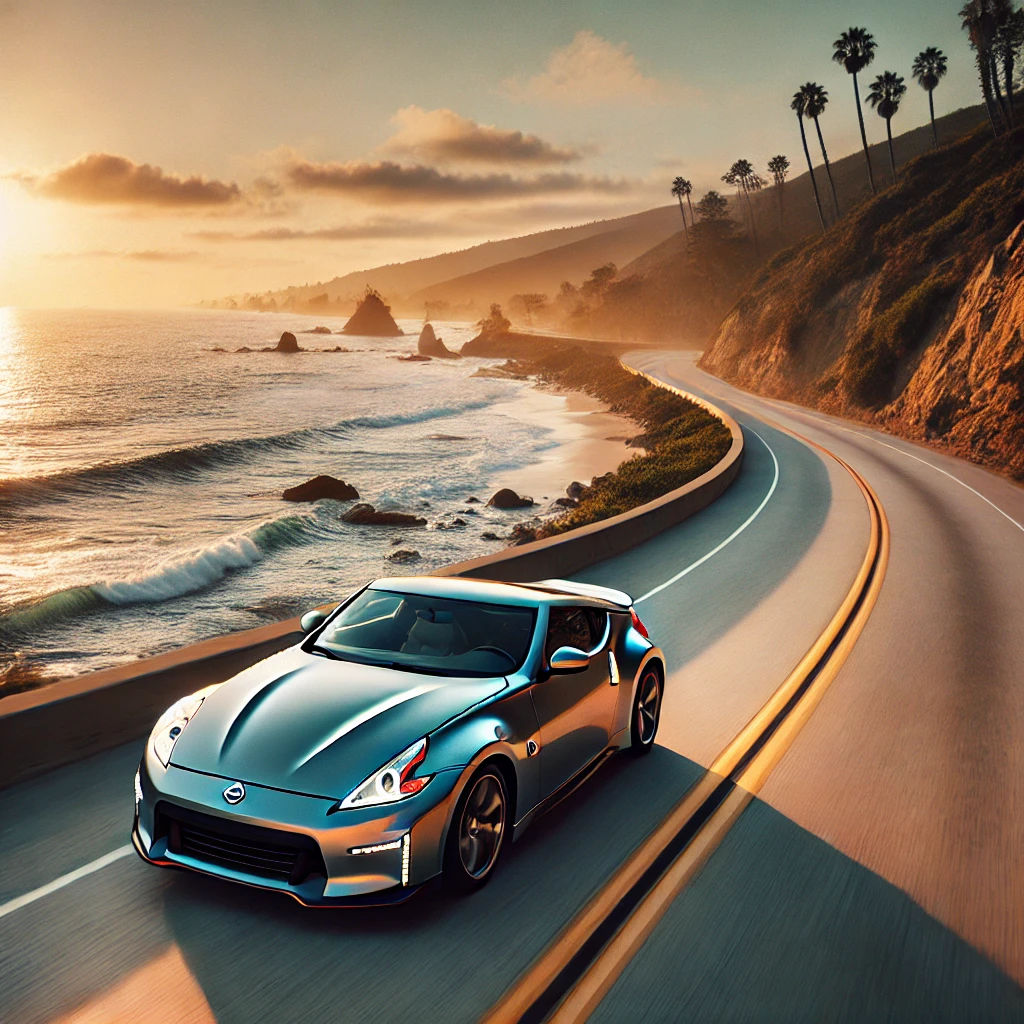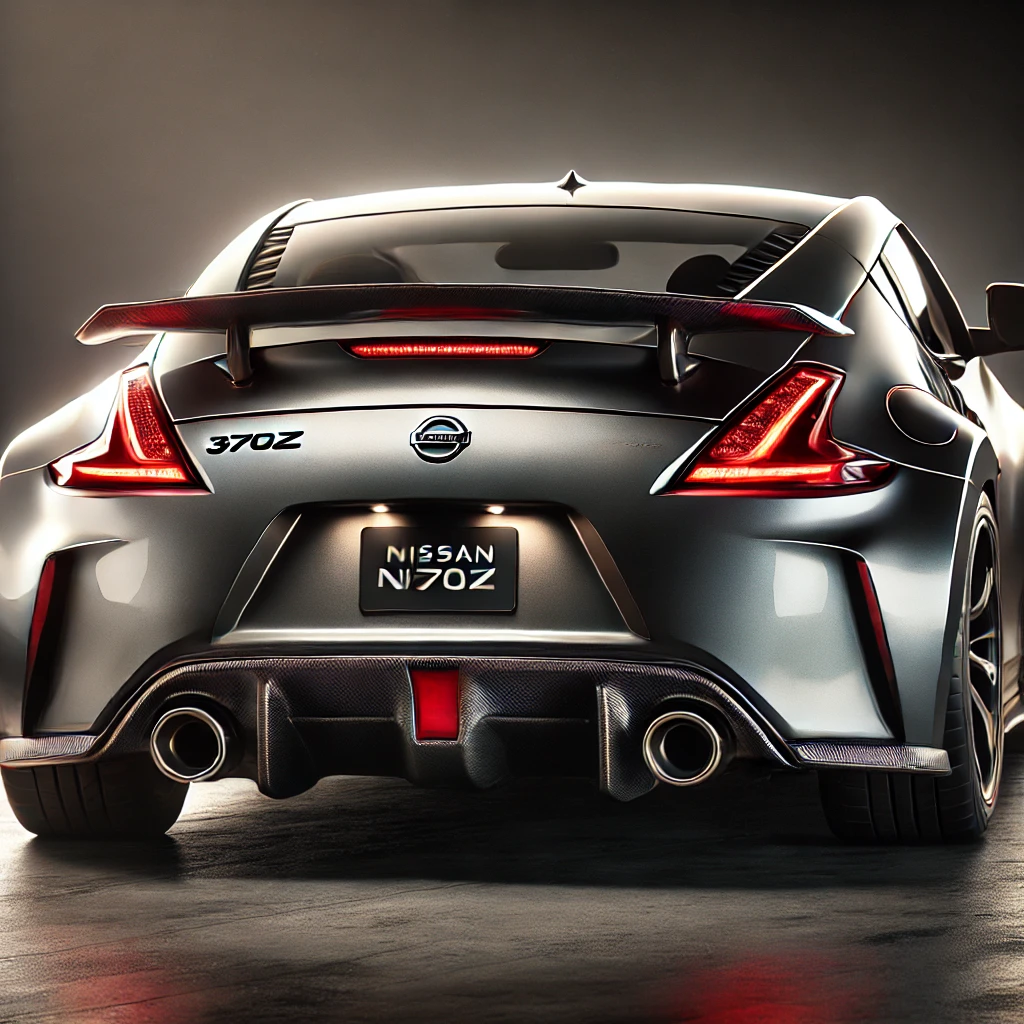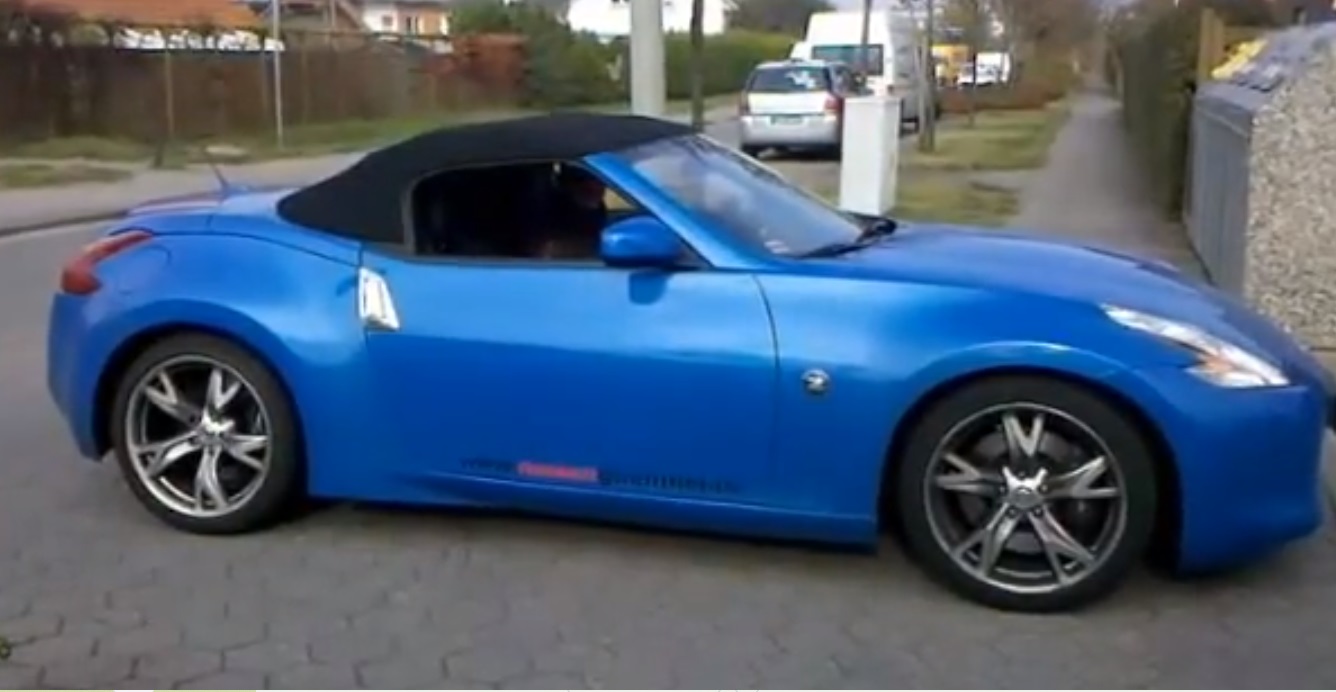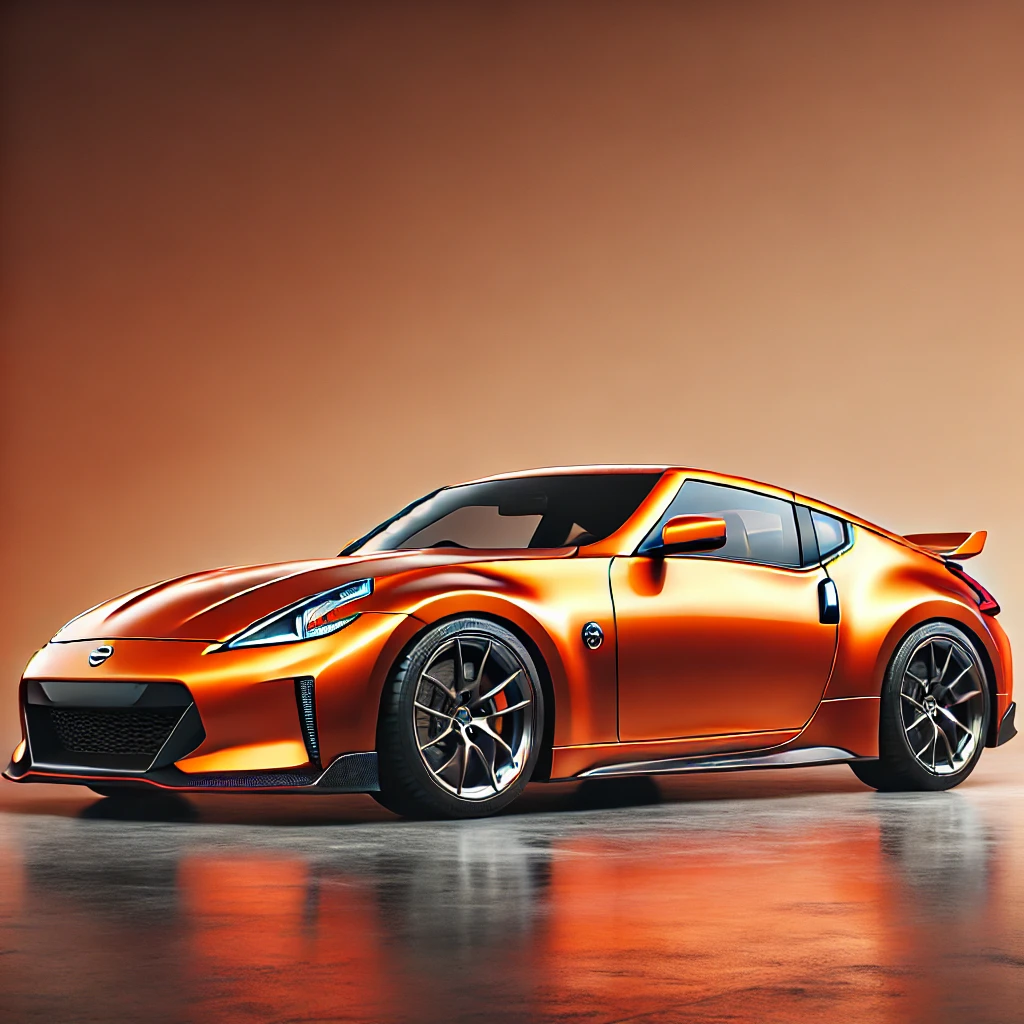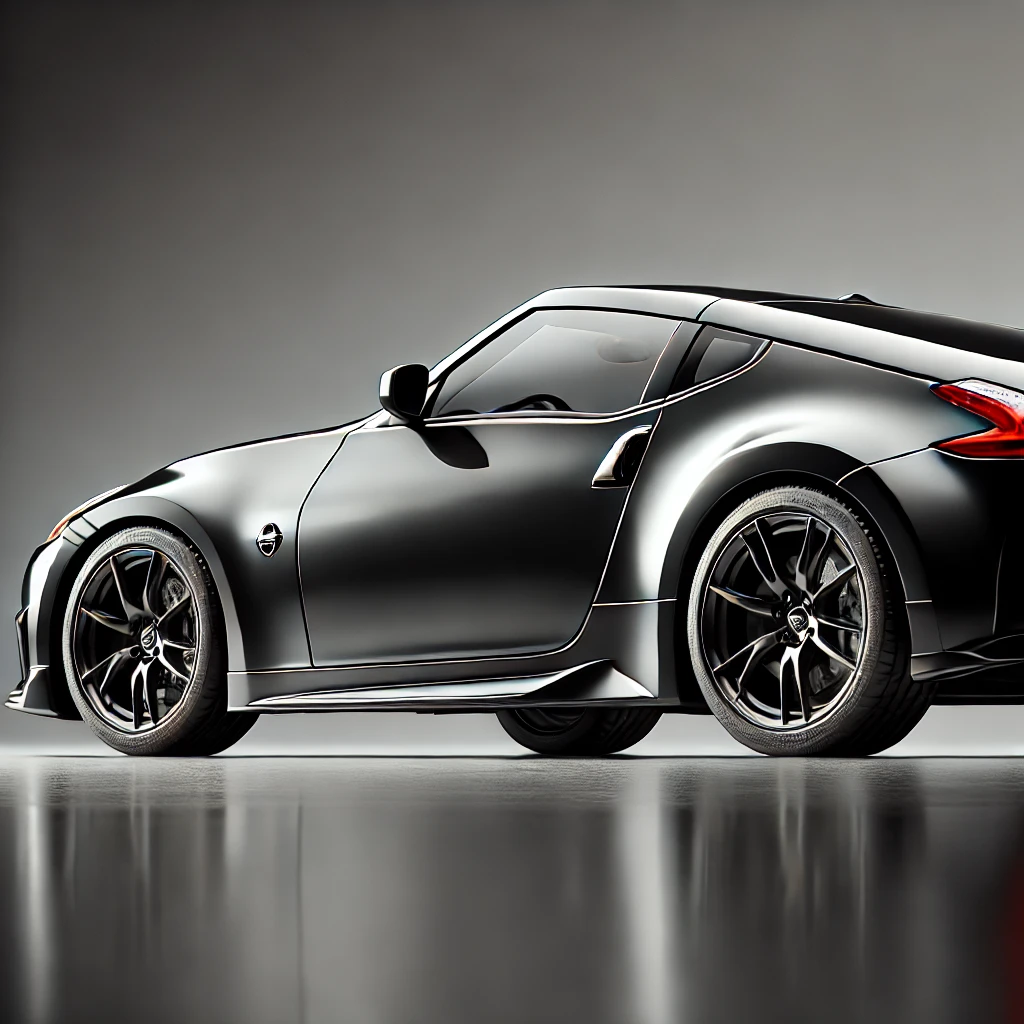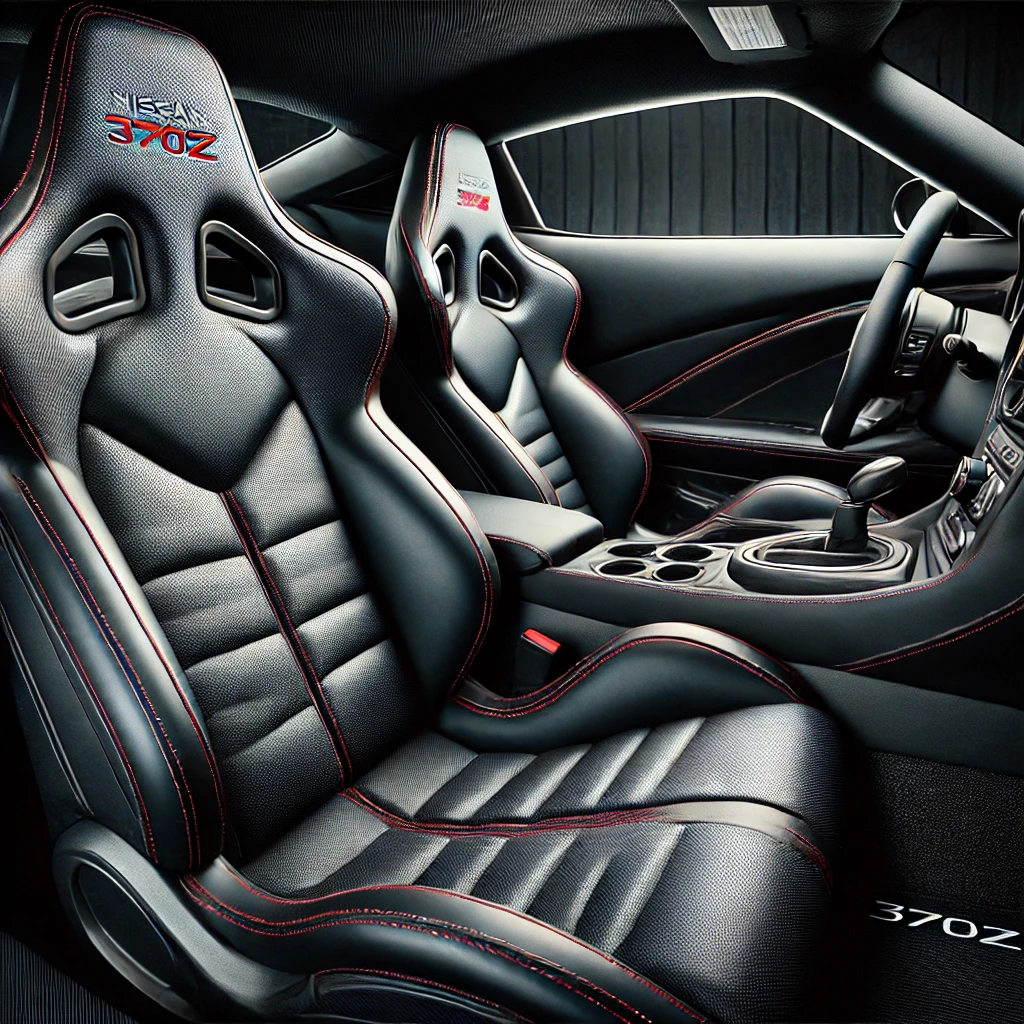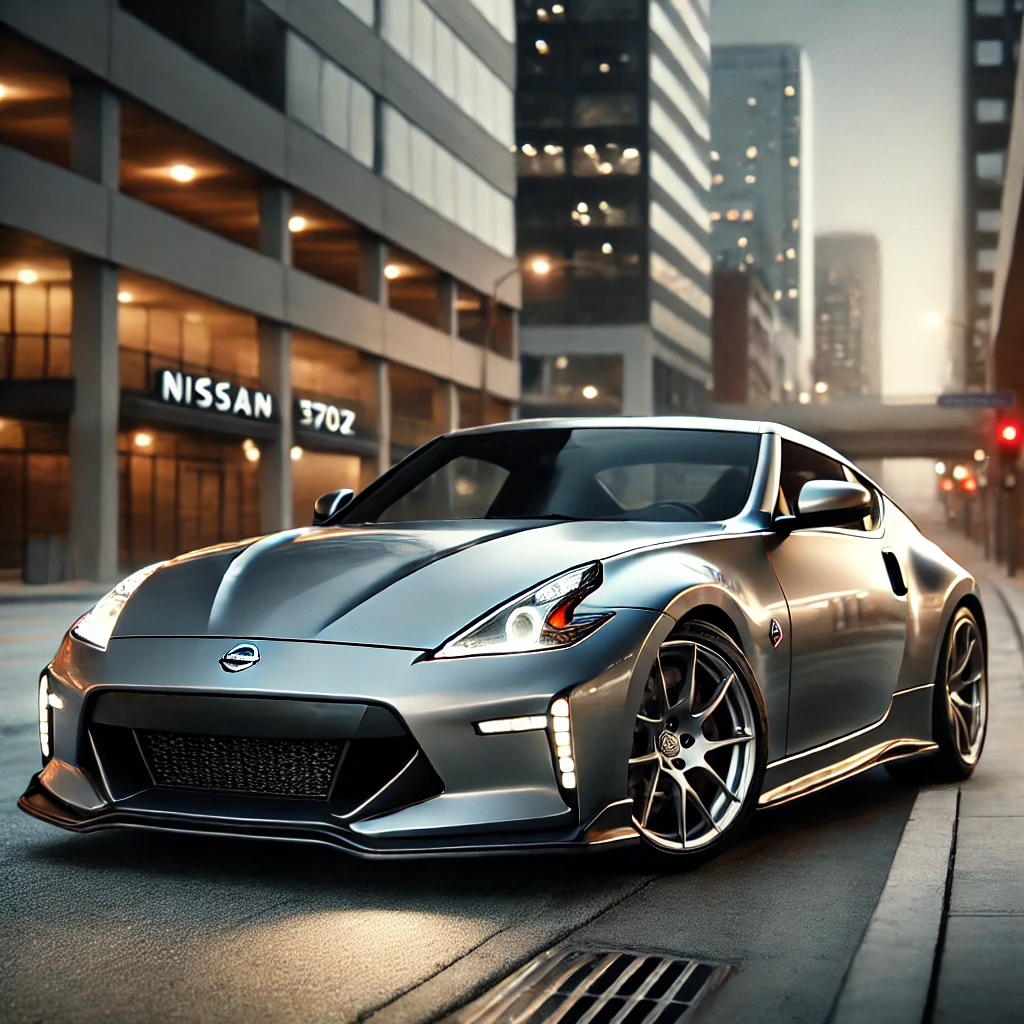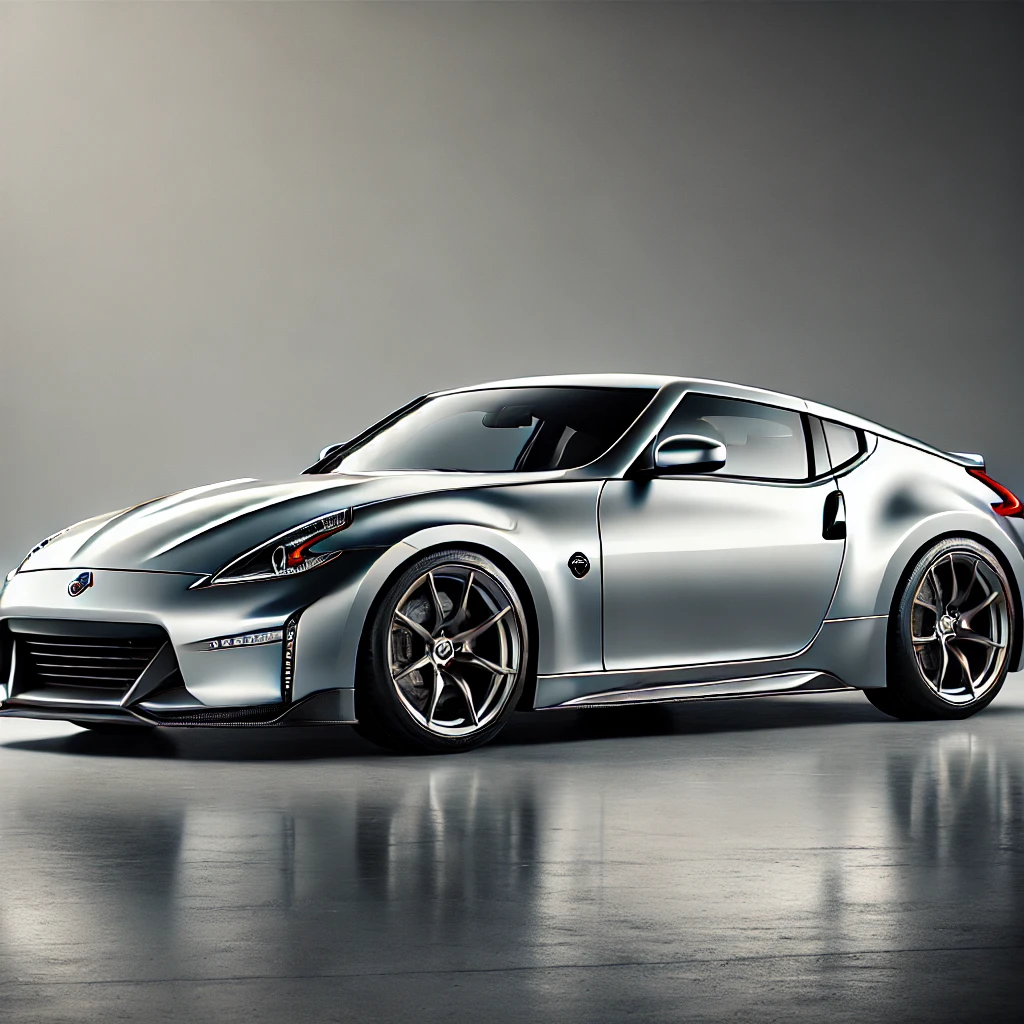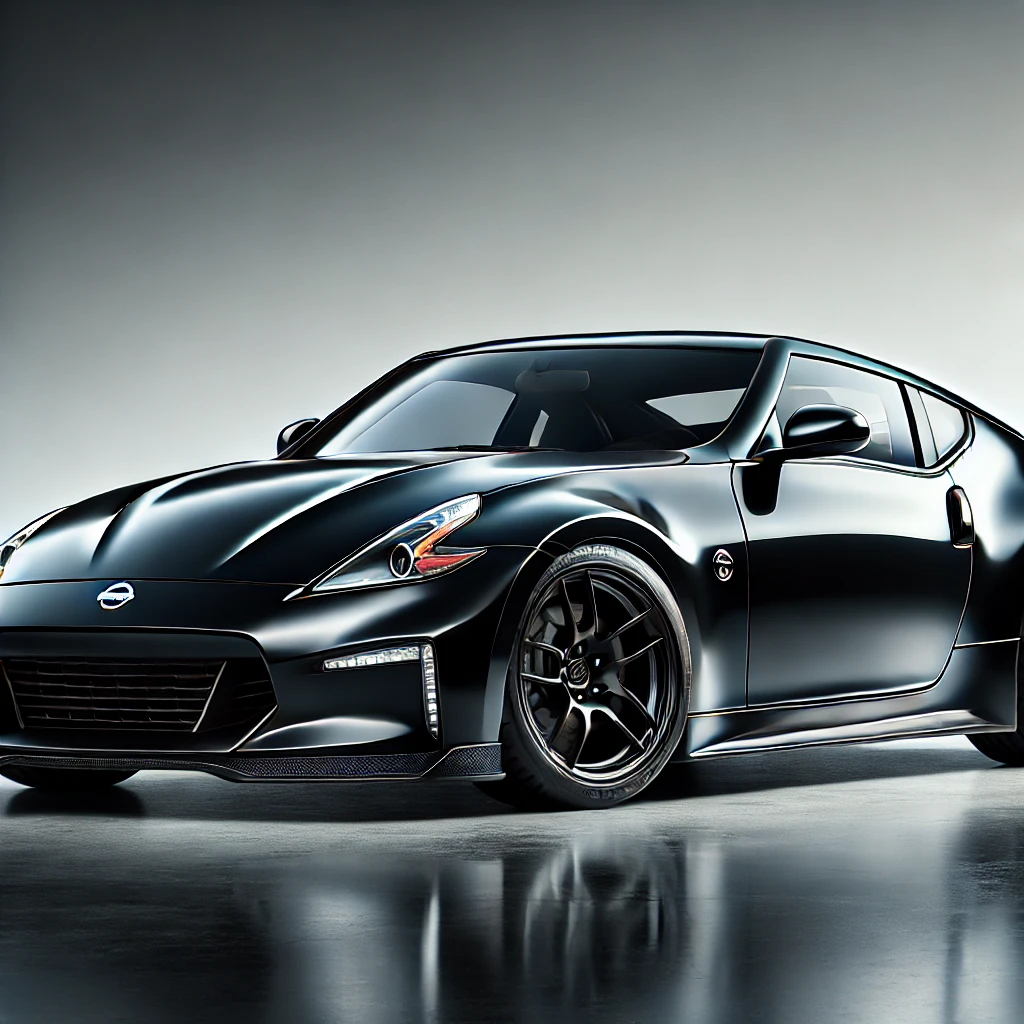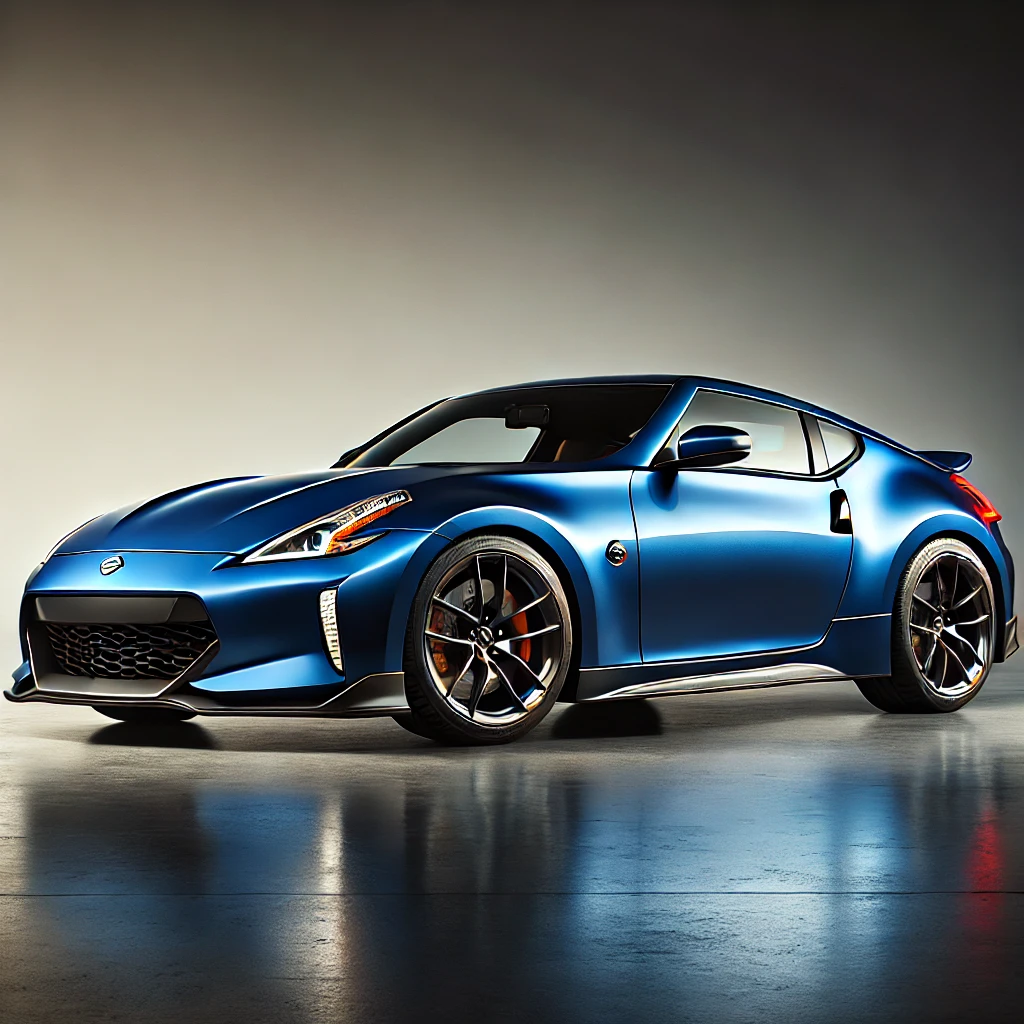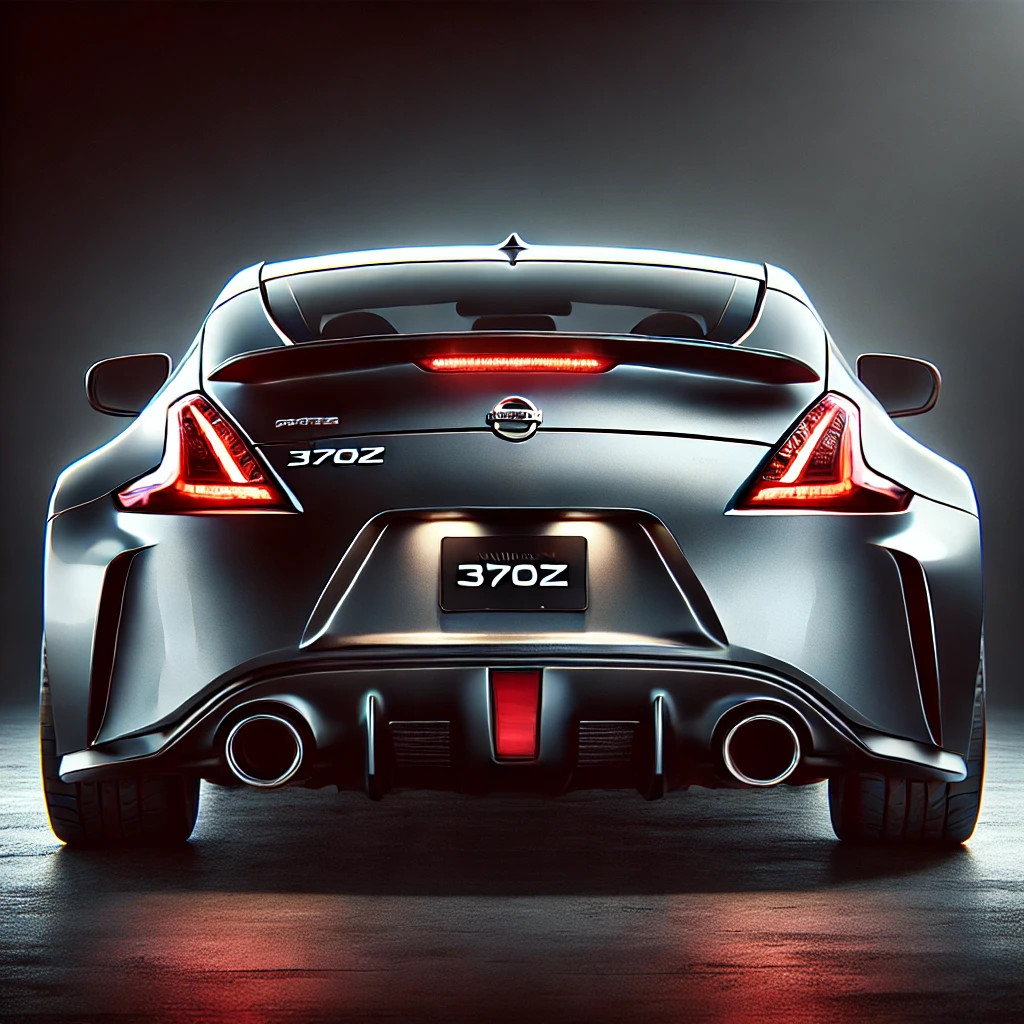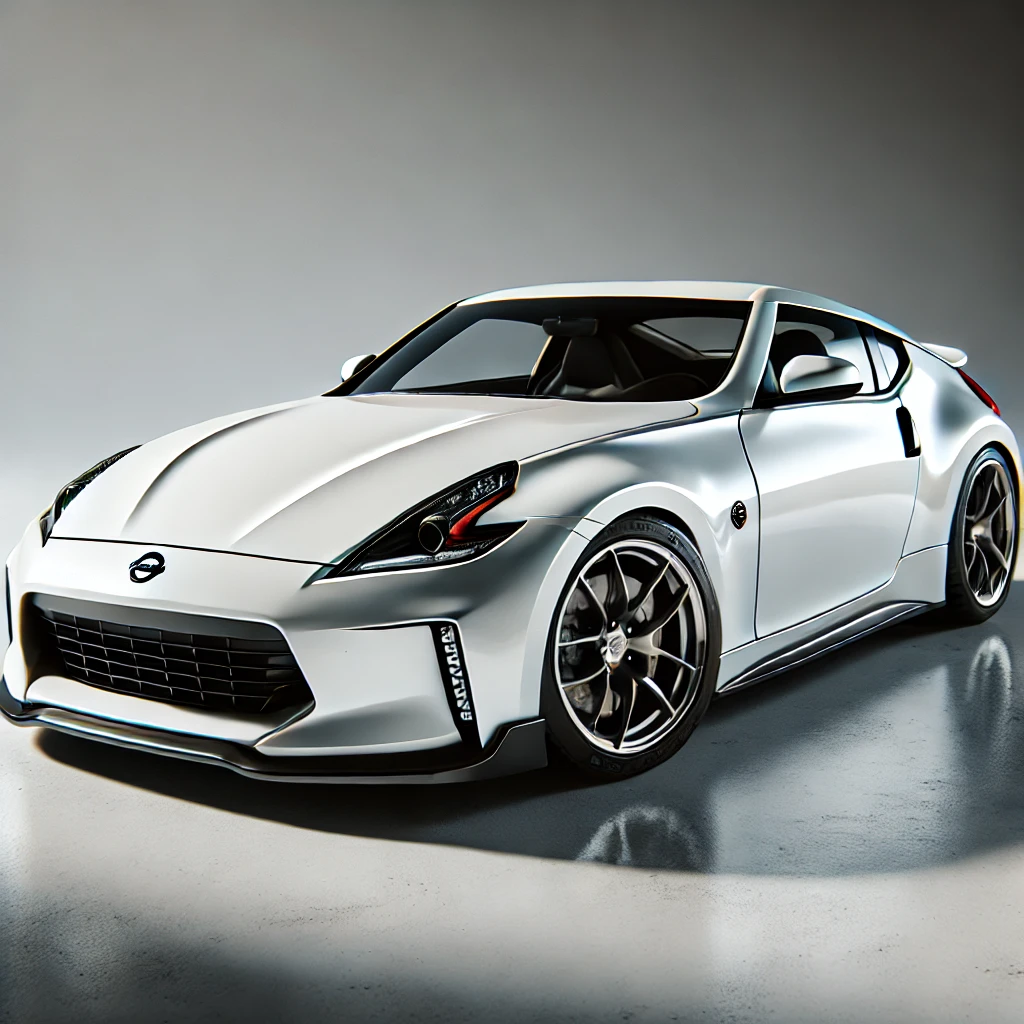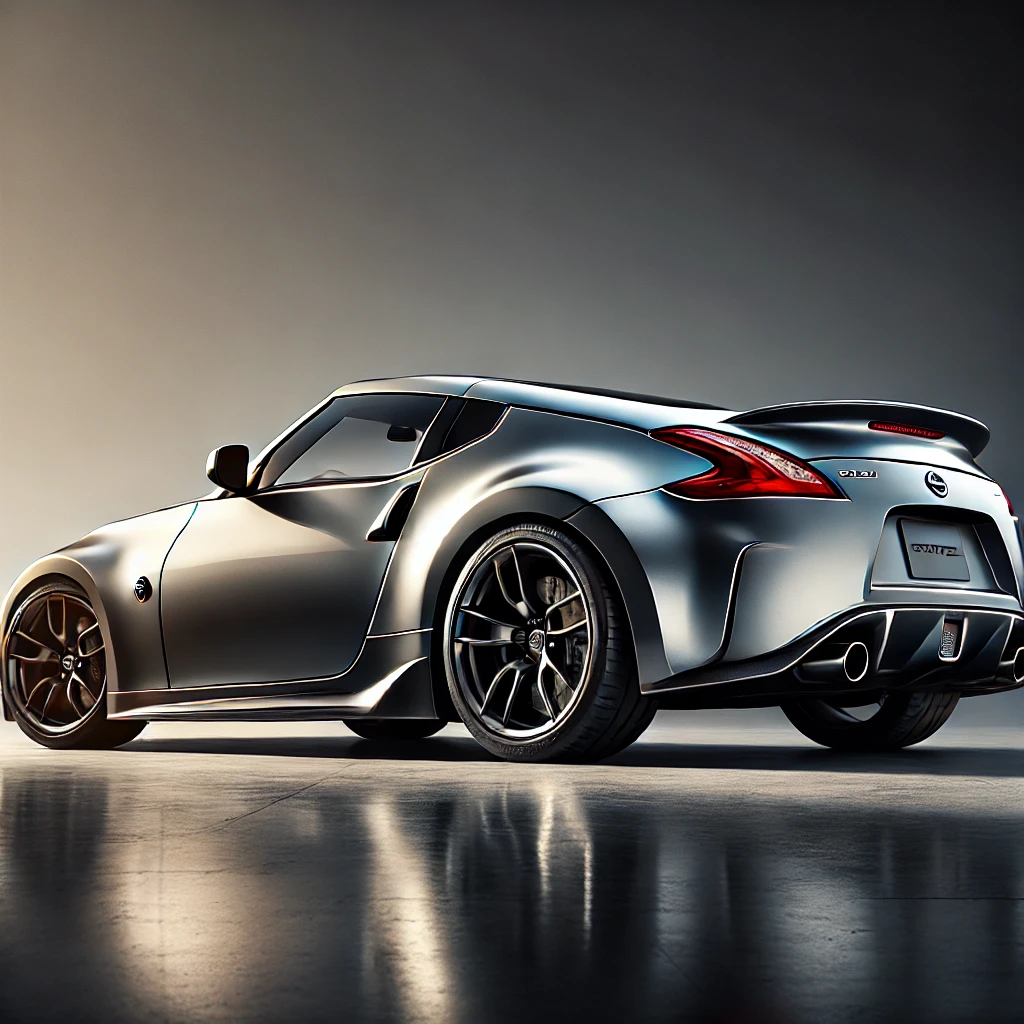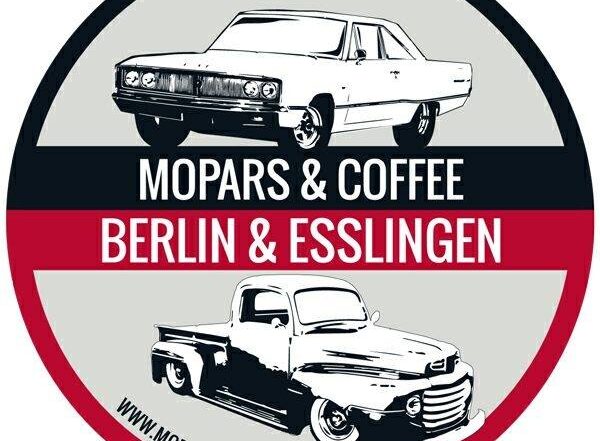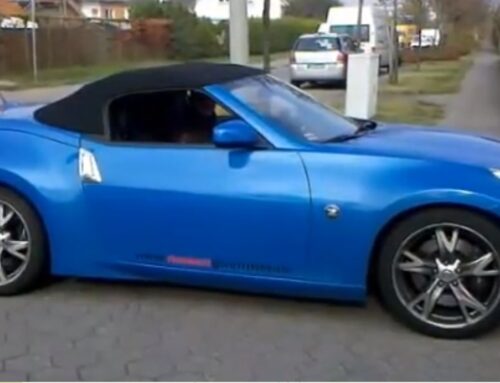Video
You are currently viewing a placeholder content from YouTube. To access the actual content, click the button below. Please note that doing so will share data with third-party providers.
More InformationThe Nissan 370Z, a quintessential sports car from the legendary Z-car lineage, has a rich history that reflects both engineering prowess and a dedication to performance. Introduced as the successor to the Nissan 350Z, the 370Z made its debut in 2008 for the 2009 model year and rapidly became a symbol of Nissan’s commitment to producing affordable, high-performance vehicles.
Early Beginnings
The Nissan 370Z has a storied history that traces back to the 1960s, when the first generation of the Z-car line was introduced. This iconic lineage began with the Datsun 240Z, a car that revolutionized the sports car market with its blend of performance, style, and affordability. Fast forward to 2008, and Nissan unveiled the sixth generation of this legendary series—the 370Z. Since its debut, the 370Z has undergone several updates and facelifts, with the latest model being the 2020 version. Each iteration has built upon the legacy of its predecessors, combining cutting-edge technology with the timeless appeal of the Z-car heritage.
The Nissan 370Z, a quintessential sports car from the legendary Z-car lineage, has a rich history that reflects both engineering prowess and a dedication to performance. Introduced as the successor to the Nissan 350Z, the 370Z made its debut in 2008 for the 2009 model year and rapidly became a symbol of Nissan’s commitment to producing affordable, high-performance vehicles.
### Rise of the 370Z
By the mid-2000s, Nissan recognized the need to update the 350Z, which had already enjoyed considerable success. The 370Z was designed to refine and expand upon the features that made its predecessor popular. Unveiled at the 2008 Los Angeles Auto Show, the 370Z showcased a more aggressive styling, improved handling, and enhanced performance metrics.
### Trim Levels and Special Editions
The 370Z was available in several trims, including the base model, Touring, and the performance-focused NISMO version. The NISMO variant, in particular, featured a tuned suspension, increased power output, and distinctive aerodynamic elements, making it a favorite among enthusiasts.
Over the course of its production, Nissan released several special editions of the 370Z, often commemorating milestones or celebrating the Z-line’s heritage. These editions often included exclusive color options, unique interior trims, and special badging.
### End of an Era
The production of the Nissan 370Z spanned over a decade, with the final models being sold in 2020. Its enduring popularity was a testament to its success in maintaining the Z-car legacy. In 2021, Nissan announced the successor to the 370Z, the Nissan Z (also known as the 400Z), which aims to continue the tradition with a refreshed design and upgraded performance, marking the end of an era for the beloved 370Z.
### Legacy
The Nissan 370Z remains a hallmark of accessible sports cars, lauded for its balance of performance, style, and affordability. Its development over the years highlighted Nissan’s dedication to preserving the spirit of driving pleasure. For enthusiasts and collectors, the 370Z holds a special place as a reminder of Nissan’s rich history in automotive engineering.
Design and Features
The Nissan 370Z is a sleek and sporty coupe that commands attention with its distinctive design. Its muscular exterior is accentuated by a rear spoiler, 19-inch alloy wheels, and a sporty exhaust system that hints at its performance capabilities. Step inside, and you’ll find a cabin adorned with premium materials, including black leather and Alcantara trim, creating an atmosphere of luxury and sophistication. The GT model elevates the experience further with additional features such as cruise control, a suede leather interior, and a rear view camera, ensuring that every drive is as comfortable as it is exhilarating.
Performance and Handling
When it comes to performance, the Nissan 370Z is a force to be reckoned with. Its 3.7-liter V6 engine churns out an impressive 324bhp, outgunning rivals like the Porsche Cayman and Audi TT. The car’s rear-wheel-drive layout and finely tuned suspension deliver lively handling that makes every twist and turn a thrill. The manual gearshift and heavy steering require firm inputs, rewarding drivers with a connected and engaging experience. Thanks to the Syncro Rev technology, downshifting is a breeze, ensuring smooth transitions even during spirited driving. For those who prefer an automatic, an excellent gearbox option is available, offering the same exhilarating performance with added convenience.
Technology and Safety
The Nissan 370Z is equipped with a range of advanced safety features designed to keep you protected on the road. With six airbags, stability control, and a robust braking system, you can drive with confidence knowing that safety is a top priority. The car also boasts a suite of convenience technologies, including Bluetooth connectivity, a Bose sound system, and a touchscreen navigation system. Depending on the trim level, you can enjoy additional features such as a rear view camera and a tyre pressure monitoring system, enhancing both safety and convenience.
Pricing and Value
The Nissan 370Z offers exceptional value for a sports car, delivering high performance at a competitive price. Starting at around £30,000, it presents a more affordable option compared to rivals like the Porsche Cayman and Audi TT. For those seeking even more power and features, the Nismo version is available at a £10,000 premium over the standard 370Z. This variant comes with a more powerful engine and a host of additional features, making it a worthwhile investment for serious driving enthusiasts. Whether you opt for the standard model or the Nismo version, the 370Z provides a thrilling driving experience that is hard to match in its price range.
Design and Specifications
The Nissan 370Z featured a shorter wheelbase than the 350Z, contributing to its nimbleness and agility. Its design was notable for its sleek lines and sculpted body, drawing inspiration from classic Z-cars while incorporating modern aesthetics. The 370Z is a strict two-seater, emphasizing its focused design that caters primarily to the driver and passenger. The distinctive “boomerang” headlights and taillights became signature elements of its design.
Under the hood, the 370Z was powered by a 3.7-liter V6 engine, part of Nissan’s VQ series. This engine delivered around 332 horsepower (increased in the NISMO version), providing exhilarating performance. Drivers could choose between a six-speed manual transmission, equipped with a SynchroRev Match function to automatically adjust engine speed for smooth downshifts, or a seven-speed automatic transmission.
Common Issues
Common Problems
The Nissan 370Z, part of the long-standing Z-series sports cars, is well-regarded for its performance and styling. However, like any vehicle, it has some common weaknesses and issues that potential buyers and current owners should be aware of:
1. Aging Design and Technology:
– The Nissan 370Z has been criticized for its dated interior and lack of modern technology. Despite its performance prowess, the cabin lacks the advanced infotainment systems found in newer competitors. Features such as an outdated navigation system, limited connectivity options, and inadequate driver assistance technologies are often pointed out.
2. Ride Comfort:
– The 370Z’s suspension is tuned for performance, which can lead to a harsh ride on rough roads. The firm setup enhances its handling capabilities but may not be comfortable for daily driving, especially on imperfect surfaces.
3. Cabin Noise:
– Road noise is another issue, particularly at high speeds. The car lacks sound insulation, making the cabin relatively noisy compared to more modern sports cars. This can detract from the overall driving experience, especially on long trips.
4. Limited Space and Practicality:
– As a 2-seater sports car, the 370Z offers limited practicality. The trunk is small and the cabin offers minimal storage space, which can be a drawback for those looking to use it for more than just spirited driving.
5. Fuel Economy:
– The 370Z’s V6 engine provides impressive performance but at the cost of fuel efficiency. It tends to have higher fuel consumption compared to some of its rivals, making it more expensive to run over time.
6. Clutch and Gearbox Issues:
– Some owners have reported that the manual transmission can be difficult to operate smoothly. The clutch can feel heavy and the gearbox notchy, which may detract from the enjoyment of driving a manual sports car.
7. Limited Rear Visibility:
– The car’s design, particularly the high rear beltline and small windows, leads to limited rear visibility. This can make parking and maneuvering in tight spaces a challenge.
8. Potential Oil Consumption:
– Some 370Z models have been reported to consume more oil than expected, which necessitates regular monitoring of oil levels to prevent engine issues.
9. Brake and Tire Wear:
– Due to its high-performance nature, the 370Z may experience faster wear on brakes and tires when driven aggressively. This can lead to increased maintenance costs over time.
10. Resale Value:
– The resale value of the Nissan 370Z has been observed to depreciate relatively quickly compared to some of its competitors, which is an important consideration for those looking to sell the vehicle later.
While the Nissan 370Z offers a thrilling driving experience and remains popular among sports car enthusiasts, these issues should be kept in mind when considering a purchase. Regular maintenance and understanding of these potential drawbacks can help mitigate some of them, ensuring a more satisfying ownership experience.
### Nissan 370Z FAQ
#### 1. What is the Nissan 370Z?
The Nissan 370Z is a sports car produced by Nissan. It is part of the Z-car family and succeeded the 350Z. It is known for its performance, handling, and distinctive styling.
#### 2. What engine does the Nissan 370Z have?
The Nissan 370Z is equipped with a 3.7-liter V6 engine, known as the VQ37VHR. It delivers impressive power and performance while incorporating Nissan’s VVEL (Variable Valve Event and Lift) technology for improved responsiveness and efficiency.
#### 3. What are the performance specs of the 370Z?
The Nissan 370Z produces up to 332 horsepower and 270 lb-ft of torque in its standard form. The NISMO variant boosts these numbers to around 350 horsepower and 276 lb-ft of torque for enhanced performance.
#### 4. What transmission options are available?
The 370Z comes with a 6-speed manual transmission featuring SynchroRev Match, which automatically blips the throttle for smooth downshifts. There’s also a 7-speed automatic transmission available with Downshift Rev Matching and Adaptive Shift Control.
#### 5. What trim levels are available for the 370Z?
The 370Z has several trim levels, including the base model, Sport, Sport Touring, and the high-performance NISMO variant. Each trim offers different features catering to varying needs and desires for performance and comfort.
#### 6. Has the 370Z been discontinued?
Nissan 370Z has been succeeded by the new Nissan Z model. However, the 370Z remains popular in the used car market and among enthusiasts.
#### 7. What is the interior of the 370Z like?
The interior of the 370Z is driver-focused, with supportive sport seats and a layout that emphasizes performance. It features amenities such as a touchscreen infotainment system, premium audio options, and available leather upholstery in higher trims.
#### 8. How does the 370Z perform in terms of handling?
The 370Z is praised for its agile handling, thanks to a well-tuned suspension, low center of gravity, and a relatively lightweight design. It offers a responsive and engaging driving experience, particularly on winding roads and tracks.
#### 9. What are common competitors to the 370Z?
Common competitors include the Ford Mustang, Chevrolet Camaro, Toyota 86/Subaru BRZ, and the Mazda MX-5 Miata, each offering a different approach to performance and style in the sports car segment.
#### 10. Is the 370Z expensive to maintain?
Maintenance costs for the 370Z are generally in line with other sports cars in its class. Costs can vary based on driving habits, but routine maintenance such as oil changes, brake pads, and tire replacements are expected.
